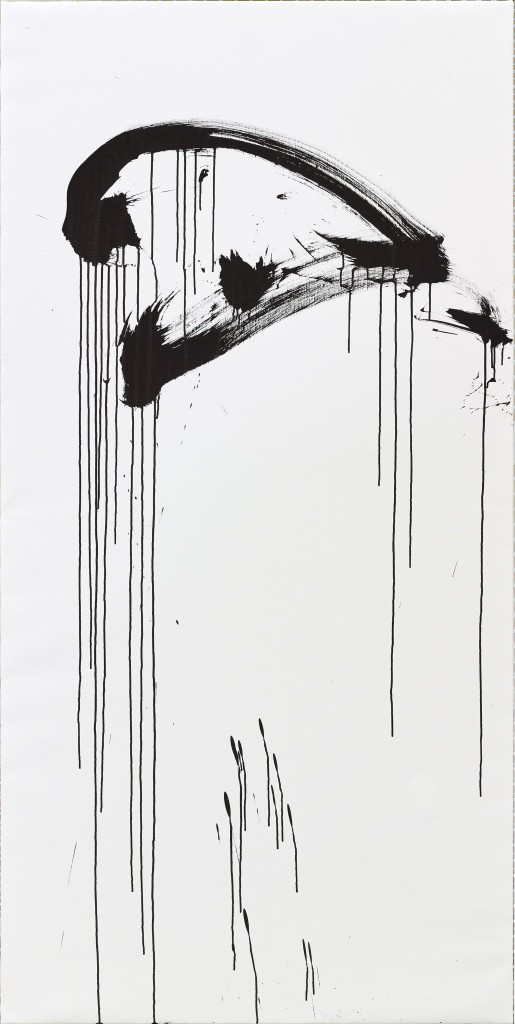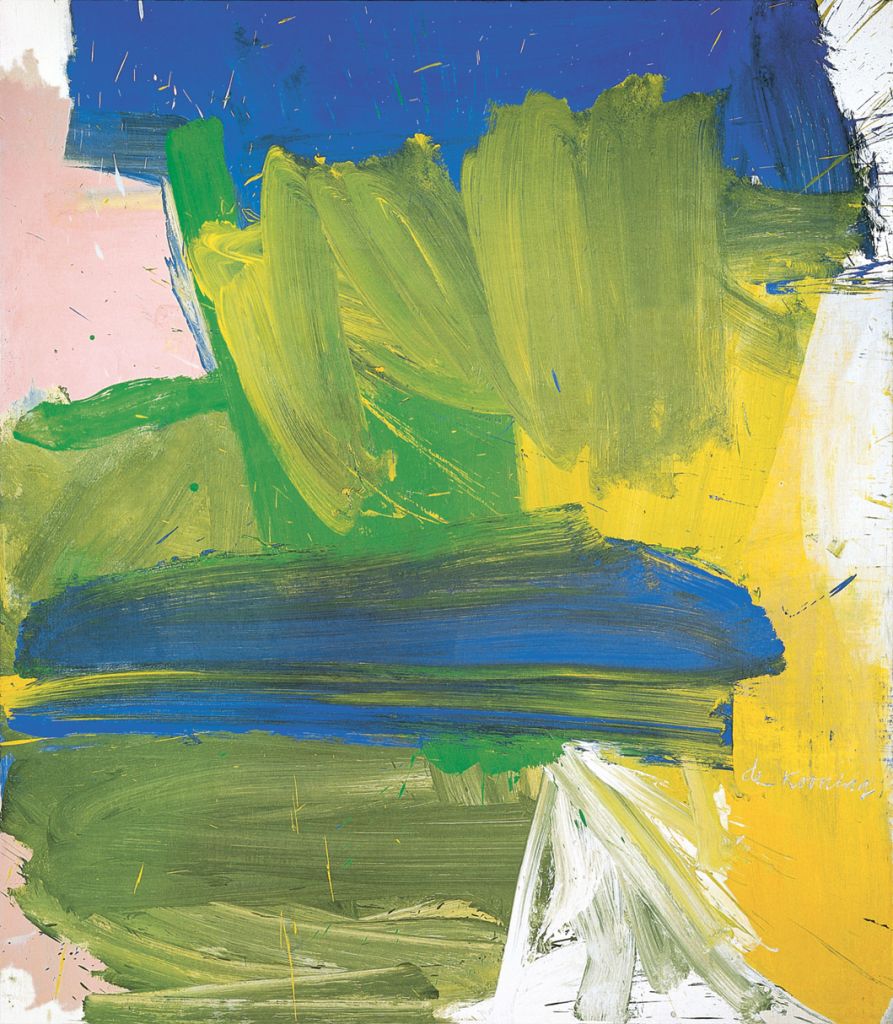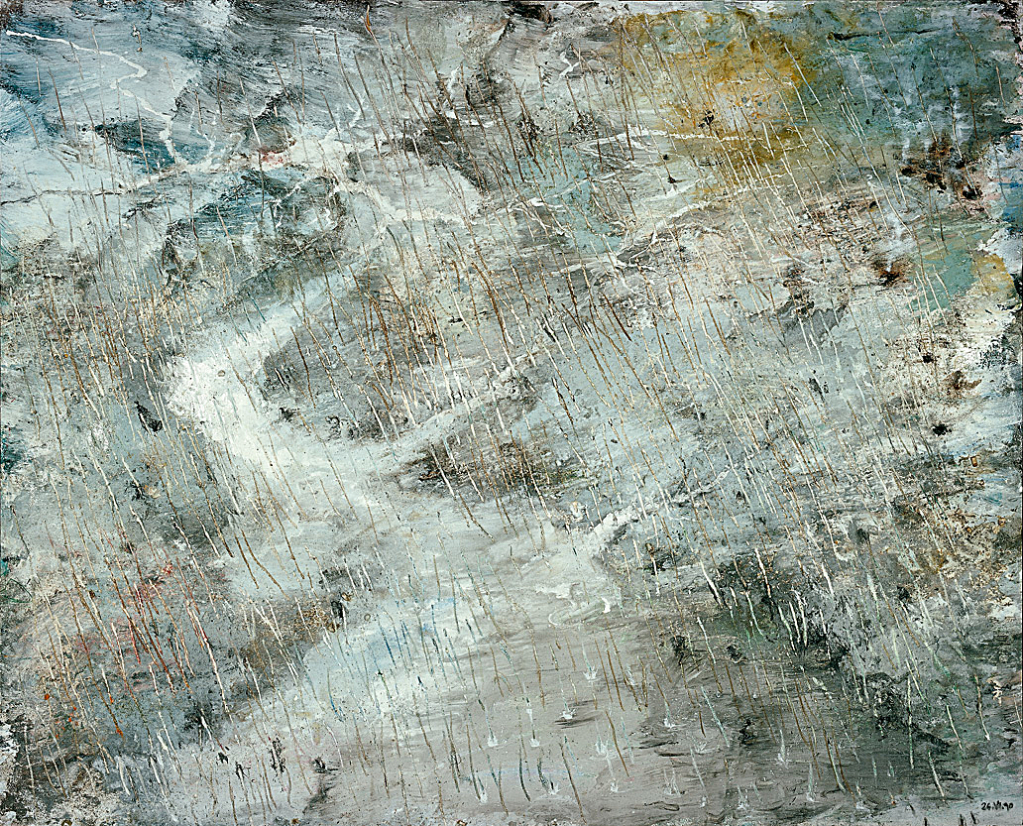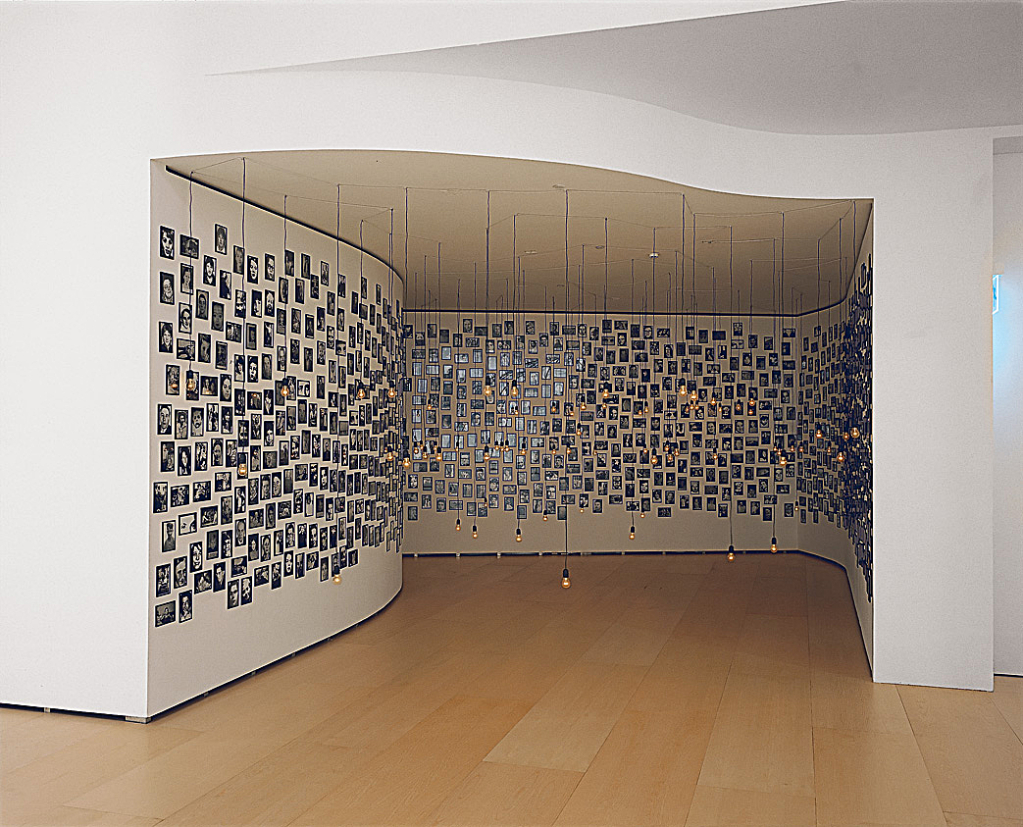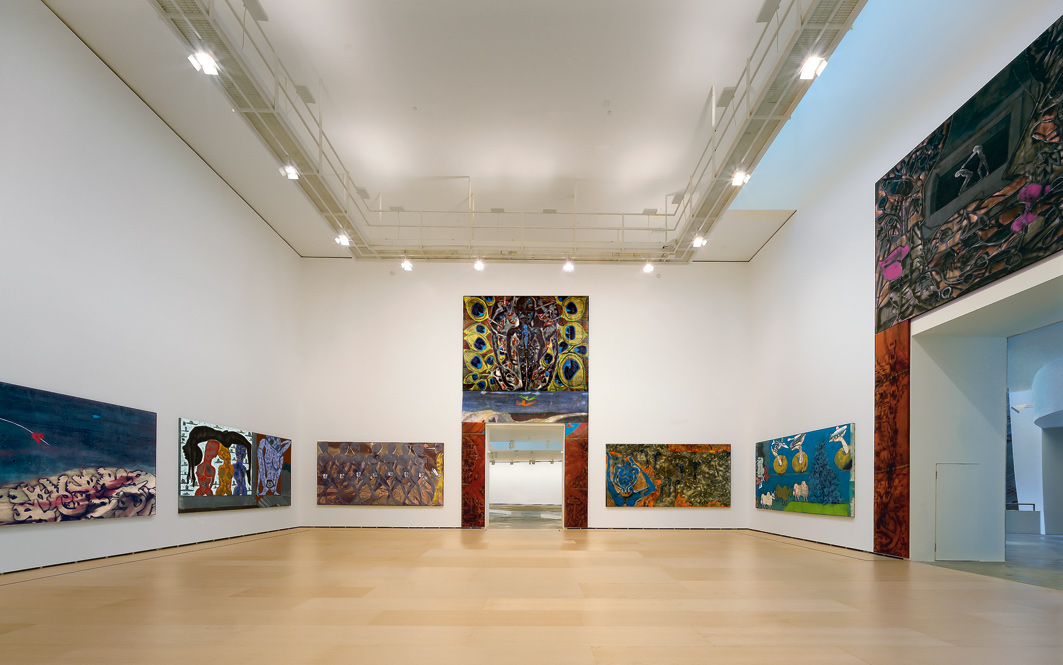Wish Tree for Bilbao
1996/2014Handwritten framed text, olive tree, soil, wooden pot, lectern, labels, and pensDimensions variable
Yoko Ono (b. 1933, Tokyo) is a pioneering figure in Conceptual and performance art. Ono’s artwork challenges conventional notions and raises fundamental questions about human existence. Certain themes have significantly marked her artistic career, such as her belief in the power of imagination, her political engagement, her sense of humor and love of the absurd, and her sensibility to issues such as international conflicts and the role of women in society. The artist’s own life experience have shaped these convictions, moving her to play a leading role in pacifist, feminist, and other social movements. The fundamental components of Ono’s works are concepts rather than materials. Many of her pieces are poetic, absurd, or utopian; others are specific and practicable, but they all reflect the artist’s sense of humor and her pronounced socio-critical attitude. Some of her ideas are expressed as objects, while others remain intangible.
During the 1960s, Ono was a prominent figure in the New York avant-garde art scene and grew close to a number of fellow artists, such as composer John Cage (1912-1992), George Maciunas (1931-1978), who was a founding member of the Fluxus movement, whose principles included the transformation of quotidian actions into art, and filmmaker Jonas Mekas (b. 1922). In 1961, Maciunas gave Ono her first solo show—one of the earliest exhibitions of conceptual paintings and drawings in New York—at his AG Gallery. She returned to Tokyo in 1962, where she staged her first solo concert and exhibition at the Sōgetsu Art Center, an important experimental space for many artistic disciplines, which was active between 1958 and 1971. Upon her return to New York in 1964, Ono continued to stage her concerts and performances at Carnegie Recital Hall (1965) and other venues, and partook in several Fluxus events with collaborating artists such as Nam June Paik (1932–2006) and Shigeko Kubota (1937–2015). In 1966 Ono moved to London and participated in several performances at the Destruction in Art Symposium (DIAS), a major international event organized by Gustav Metzger and others that brought together leading artists, critics, and scientists to discuss the theme of destruction in art.
Wish Tree for Bilbao is a participatory work created by the artist as part of a series she began in 1996, inspired by the Japanese tradition of hanging prayers from a shrub, tree, or bamboo plant. In this work, the artist invites visitors to write down their wishes for peace, which, after being hung on the tree, are sent to Ono to be included in her project Imagine Peace Tower (2007). Created by Ono in memory of her late husband John Lennon (1940–1980), Imagine Peace Tower is an environmental light installation located in an open landscape on Viðey Island, Reykjavík, Iceland. Designed as a wishing well, it is symbolic of Lennon’s advocacy and Ono’s continuing campaign for world peace. The installation at the Guggenheim Museum Bilbao alternates between periods when visitors can write down their wishes and when they can whisper them to the tree. Ono has created different versions of this piece, which can be found in various museums, including the Peggy Guggenheim Collection in Venice, Museum of Contemporary Art Tokyo, Hirshhorn Museum and Sculpture Garden in Washington, D.C., and now the Guggenheim Museum Bilbao.
Original title
Wish Tree for Bilbao
Date
1996/2014
Medium/Materials
Handwritten framed text, olive tree, soil, wooden pot, lectern, labels, and pens
Dimensions
Dimensions variable
Credit line
Guggenheim Bilbao Museoa Gift of the artist

